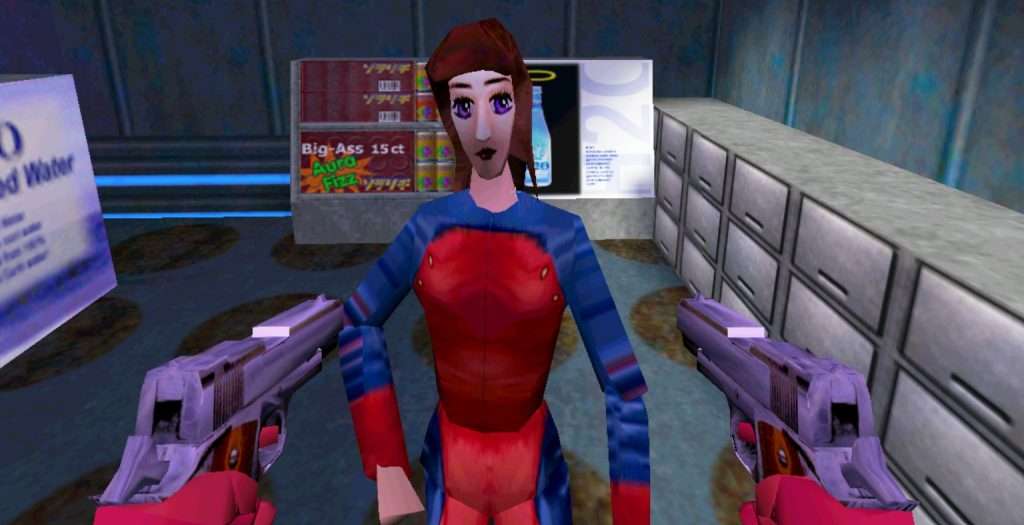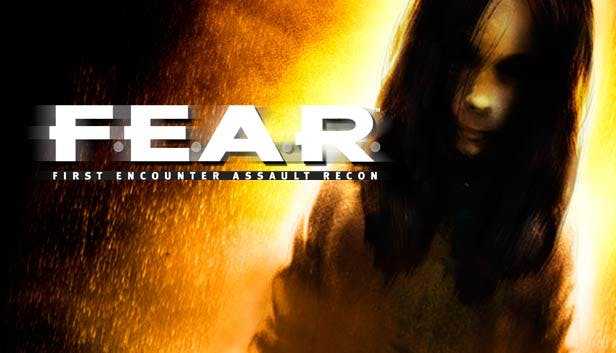Monolith Productions, a studio that single handedly changed the industry, might leave a bigger hole than you expect.
Founded in 1994 the studio quickly created groundbreaking titles that pushed the boundaries of technology and storytelling. Everything from Blood to FEAR to Mordor, Monolith was a studio with big ideas. But after 30 years, the studio’s journey came to an abrupt end when its parent company, Warner Bros. Games reportedly decided to shut it down.
Monolith Productions was created on October 25, 1994. Back in the DOS era, filenames were limited to eight characters, and the original team had a great inspiration from Stanley Kubrick’s 2001: A Space Odyssey—Thus the name “Monolith” emerged. A name that would define their eventual ambitious nature, while being constrained by technical limitations.
To celebrate Monolith it isn’t entirely fair to look completely at their game line up. Early games in their history are mostly DOS titles that nobody could name without looking up, but the technology behind these games was what really gave them a name. By the late 1990s the studio created a new engine titled the LithTech engine, a versatile tool that powered their own games, and was licensable to other studios.
This is a very similar road that Epic Games took with Unreal Engine, in a sense that the studio kept developing new iterations of the engine and evolving with the game industry. By generation 3 the studio had implemented features that would allow MMORPG titles to be created with new technology to prioritize the development, but it was never released. Instead they released a new version that corrected the bugs that arose in testing, and amped up performance, and called it Jupiter. This is when the engine really took off, powering games like Medal of Honor: Pacific Assault and Combat Arms.

Shogo: Mobile Armor Division (1998), introduced the original LithTech engine and offered players a mix of mech combat and on-foot action—a daring fusion for its time. The game is iconic for technical reasons because it not only showcases the newly released engine, but the ambitious nature of the studio to create something big and dynamic. The engine would take off from here, powering games through 2014, and leading the way to one of the studio’s most iconic games…
But let’s step back for a second. The studio first made waves with Blood (1997), a horror- based first-person shooter that blended gore with obnoxious weaponry, and had a character named Caleb (we know someone with that name). It was a cult hit that showcased Monolith’s ability to craft atmospheric experiences from their early beginning.
The early 2000s marked Monolith’s golden era. The Operative: No One Lives Forever (2000) was a breakthrough for the studio. The game was nominated for multiple Game of the Year Awards, and was nominated for an Interactive Achievement Award. This is the game that truly put the studio on the map, creating the foundations that we see today.
Then came F.E.A.R. (2005), a chilling blend of fast-paced gunplay and psychological horror, a slight return to their roots of Blood. The game showcased their ability to produce atmospheric horror, tell a story, and create gameplay that was better than the games sitting next to it. FEAR continued the studios success at game awards receiving many nominations, and an overall winner for action game of the year. Many fans say this franchise was a pioneer for modern FPS titles, with several mechanics still used in modern gaming.

Monolith’s knack for creating immersive worlds and memorable gameplay mechanics was apparent in everything they touched, with games like Condemned: Criminal Origins (2005) following along, and fans were finally seeing the true potential of the studio.
But in 2004, Monolith was acquired by Warner Bros. Interactive Entertainment (now Warner Bros. Games), marking a shift from indie roots to corporate backing. The assumption was that a studio with big ambitions would now have the ability to expand beyond the indie scope, no longer relying on quick licensed titles to budget something innovative.
The result of the team-up was Middle-earth: Shadow of Mordor (2014), a third-person action game set in J.R.R. Tolkien’s universe. It introduced the revolutionary Nemesis System, which gave enemies unique personalities and allowed them to evolve based on player interactions. The game was a critical and commercial success, winning over 50 industry awards and spawning a sequel, Middle-earth: Shadow of War (2017). The new system was an ambitious and successful idea for gaming, it made combat thrilling and single player games could become challenging.
The Nemesis System was a game-changer, a leap forward in player-driven storytelling. Many studios wanted to adopt similar system’s, or even utilize the Nemesis system itself, but instead of continuing the open arms approach like they did with the LithTech Engine, the studio had their hands tied by their new corporate boss.

WB instead patented the entire project and kept it under a tight grip. The patent itself lasts until at least 2034, meaning with the studio now shuttered, and WB stepping back from overall game development, we might not even see another game utilize it. Certain aspects are usable, but the key aspects like enemies that return to fights with better insight on how to defeat you, are locked away.
It’s almost as bad as when NAMCO (remember them?) patented interactive loading screens, and held onto it until 5 years ago. And now that games don’t really have a need to have interactive loading screens, thanks to super fast SSD’s, we will never know all the innovative ideas we missed out on.
However it’s clear why such tech was exciting to not only gamers, but the industry as a whole. It completely revamped how AI enemies and storytelling could evolve from a basic structure of games. And who knows where Monolith was going to go from there, or how the system could be used in other WB games.
Speaking of other WB games, does anyone remember Wonder Woman? After being revealed in 2021 it gathered incredible amounts of hype even when very little was shown off. Why? Because of the studio making it.
Wonder Woman was teased for years before finally being officially announced, but quickly vanished from existence shortly after the teaser was revealed. Monolith as a whole had very little to say or talk about after the reveal. The studio had gone 8 years without a release, the longest period of time they had between games, and only released 2 titles (one a sequel) in 10 years since WB acquired them.
Since WB’s purchase of the studio, everything seemed to slow down. Work on their in-house engine stopped, licensing for it was defeated by other more popular engines. The Nemesis Engine has gone mostly under utilized due to WB’s legal grasp on it. Game output by the studio crawled to nearly a halt. The idea that a corporate backing would assist in their ambitions did the total opposite.
Perhaps if WB trusted one of their most experienced studios with more iconic IP, things would be different? Or maybe if they let the studio bring their iconic history to modern times they would have had a better budget?
Wonder Woman was supposed to be different though. A lesser iconic IP that Monolith would make massive, right? It was exciting to see how the Nemesis engine was going to evolve into the superhero genre, and what the talent was going to do in an entirely new genre. It was simply just exciting to see them work on something new, but it has all come to an end instead.
The Nemesis System, and LithTech Engine in particular, stands as Monolith’s forward-thinking design, inspiring countless discussions about tech in games. When Shadow of Mordor released I met so many people that suddenly knew how a video game engine works, it inspired so many discussions about possibilities. But the studio’s closure is a reminder of the industry’s volatility, where even the most talented teams can fall victim to corporate priorities. Yet, for those who battled through F.E.A.R.’s haunted corridors, outwitted orcs in Shadow of Mordor, or laughed through No One Lives Forever, Monolith’s legacy is one of fearless innovation—a monolith, indeed.

